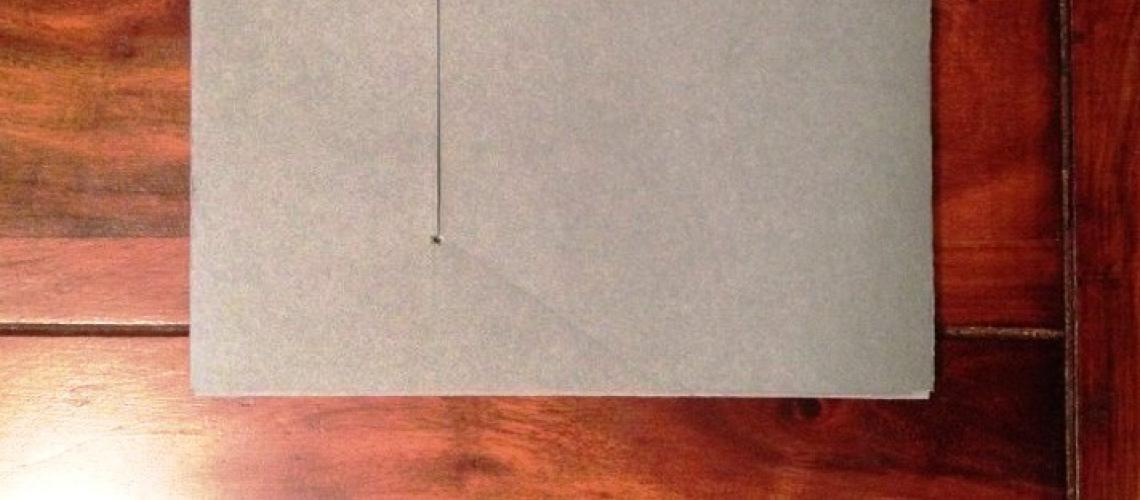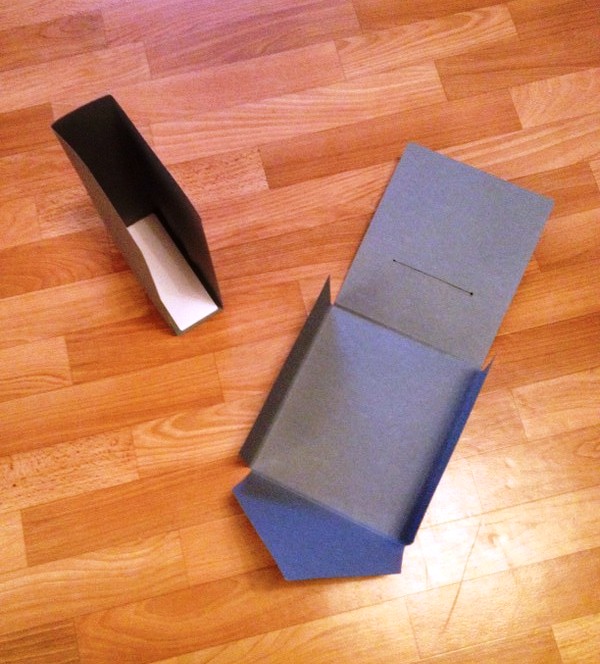In addition to the consideration of climatic conditions, the storage in a suitable protective packaging is recommended in order to obtain documents permanently. This packaging protects the object from external influences (dust and dirt deposits, exposure to light, microorganisms) and can also ensure gentle handling. The object is neither restricted in its use, nor is there a risk of damage. It is a preventative measure designed to minimize the loss of substance in the original.
There are many possibilities with regard to protective media. Important in the selection is to pay attention to the nature of the respective object. The protective packaging should be slightly larger than the object, so on the one hand the document has enough space in it and is not crushed, on the other hand it must not slip in its packaging.
The material of the packaging itself should be resistant to aging and free of harmful substances. Furthermore, it must be determined in advance and decided how much space is available, for example, in the depot and in which position the objects are stored. When storing books in a standing position, they must be prevented from falling in an inclined position. Otherwise, severe deformations may occur over a longer period, such as a lowering of the block. If books are stacked on top of each other, heavy volumes should be in the lower area and small, lighter ones should be in the upper area, so that they are not damaged by heavy weight loads as a result of the gravitational force (compressing the block or the lid). Depending on the size and condition of the stock and the spatial conditions, a decision can be made for one or more types of protective medium.
Following some protective media will be presented, having advantages and disadvantages.
Folders and envelopes
Folders, some with a fabric closure tape, and envelopes loosely wrapped around the book, for storing file collections and individual volumes, require little time to produce. It does not take much material (thin archive paperboard or paper), at the same time they take up little space. Disadvantage is that archive paperboard and archive paper are thin and pressure sensitive, since they are only used in one layer. On the one hand, friction can quickly lead to cracks, on the other hand, impacts are not adequately cushioned, as is the case, for example, with corrugated board packaging. However, this can be achieved by storing envelopes and folders in archive boxes, as described in the next section.
Archive boxes
Archive boxes can contain objects that are already in envelopes or folders. Corrugated cardboard boxes, for example, are very stable and resistant to pressure and impact due to their construction: A combination of smooth and corrugated paper webs. Also buffered, wood-free archive or museum cardboard is often used. In this context Giovannini speaks of the box as a filter against acidic air pollution. They ensure gentle handling and protect the object from damage as they can be equipped with an insert, for example a textile strip, underneath to lift the book out. Partially they are closed by bands, are completely or only to open on one side or contain wire clips. The latter should be located as far away as possible from the object, be rust-free and, for example, covered with paper to prevent direct contact. If a box is not completely filled, wedges can be inserted. These should be acid free. They prevent deformations of the documents inside. [1]
Slipcase
Whether designed as a simple cardboard box or in two parts, this form of protective packaging should be made of strong cardboard, as stability must be ensured when several volumes are stacked together. If each book is stored separately in a slipcase, they inevitably take up a lot of space on the shelf. Often slipcases are provided with recessed grips that facilitate the pulling out of the book. However, there is a danger for volumes of falling out of the slipcase during removal from shelf.
Book shoes
Made of acid-free cardboard, it protects the book from the ingress of dust by keeping it closed and enclosing the front incision. It also prevents blocking of volumes that are already deformed. It is recommended to install a support at the bottom of the shoe if you want to stow heavy volumes. This prevents a lowering of the book block. Transfer of leather care products are prevented by the side surfaces that establish a border between the book covers of adjacent volumes. Likewise, they protect against scratches and dents caused, for example, by books with metal fittings. When removing from the shelf, the book itself must not be touched, but only the book shoe.
In their production, this type of protective packaging is a little more time consuming. The use of glue is essential. The connection of the previously made halves, as well as support and ground, is done by gluing. The adhesive surfaces are kept in shape when drying by weights. To fit the volume into the shoe, the latter can be turned upside down, so the book block sinks back. For larger amounts of volumes, which are packaged in this way, the handling is relatively complex. [2]
Seal bag
As early as the 16th century, delicate (wax) seals were packed in parchment bags or wooden seal cans. Also with hemp padded linen bags were used for storage. In these packaging option damages were often recognized too late: As hemp invades the seal wax over time and gradually dries it, this inevitably leads to embrittlement of the seal. The fragile state can cause the falling out of individual fragments.
Today sheaths made of Tyvek are available. It is important that the materials surrounding the seal to protect it, are stable to light, abrasion resistant and free of plasticizers. Often, seals are also wrapped in tissue paper and then packaged in an archive box.
Certificates with one or more hanging seals can also be packed in boxes, so that the seals are not damaged or torn off while the document is being transported [3].
Acrylic hemispheres
A special shape adapted to globes. The object can be viewed unrestrictedly from all sides and is nevertheless protected from climatic influences from its environment. An alternative to the exhibition of globes are glass showcases.
If a globe is not intended for an exhibition, it can also be kept in a protective box.
References
[1] Giovannini, Andrea: De tutela librorum, La conservation des livres et des documents d´archives, Die Erhaltung von Büchern und Archivalien, 4. Aufl., 2010.
[2] Regnault, Pascale: Buchschuhe, Eine konservatorische Maßnahme an der Bodleian Library, Oxford, in: PapierRestaurierung, Vol. 1, 2000.
[3] Gössi, Anton: Die Gefährdung des Archivguts durch die Benutzung, Analyse und Prophylaxe.



